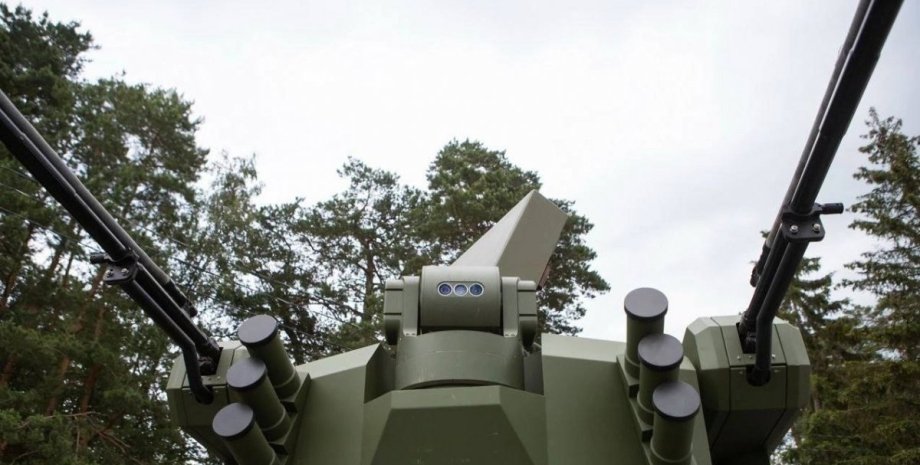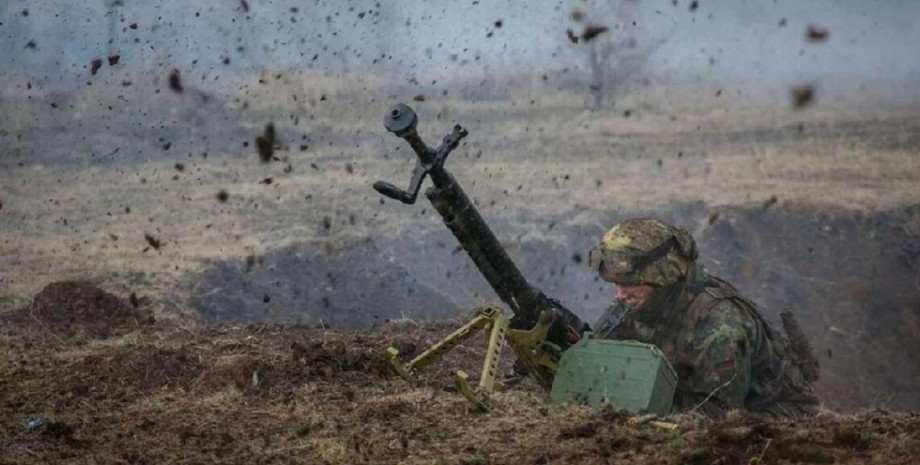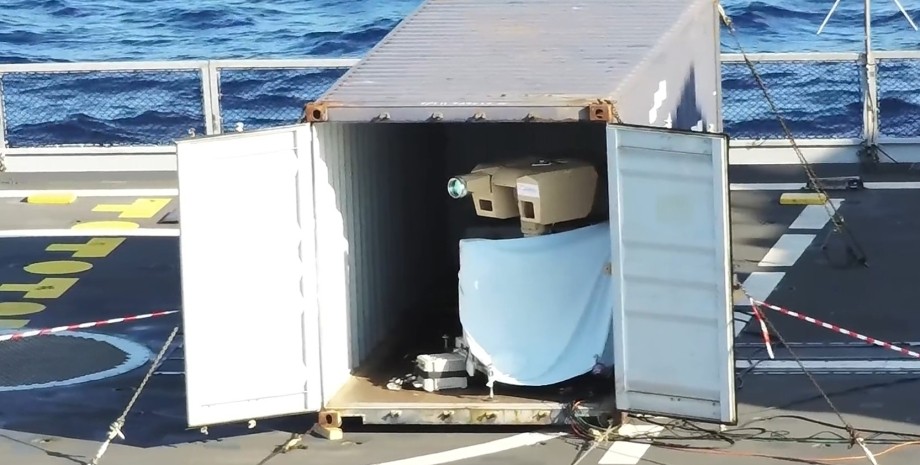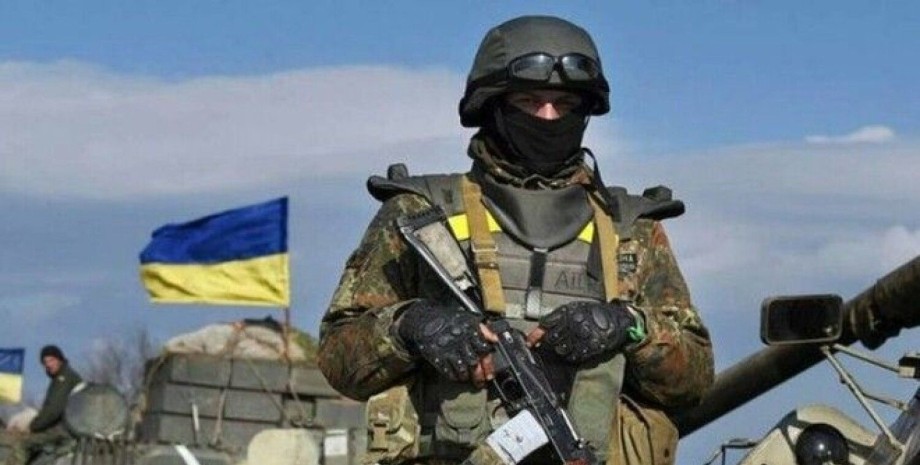
 By Natali Moss
By Natali Moss
The Distributed Acoustic Sensing (DAS) system uses standard fiber optic cables as long strings of acoustic sensors. As the pulsed laser travels through the cable, the reflected signals change depending on the vibrations or stresses caused by the sound waves in the water. These changes are analyzed using machine learning algorithms to determine the nature of the sound source, whether natural processes such as underwater earthquakes or mechanical noises from submarine propellers.
According to Interesting Engineering, DAS technology could provide a low-cost alternative to traditional sonar systems, providing real-time monitoring of thousands of miles of ocean without the need to install expensive hydrophone networks. The author of the material notes that today there are more than 600 underwater communication cables in use in the world with a total length of more than 750,000 miles — this infrastructure can become the basis of a new global underwater monitoring system.
The U. S. is already conducting experimental trials on the West Coast, where the Navy is testing the ability to combine DAS data with information from P-8A Poseidon maritime patrol aircraft and underwater drones. Particular attention is paid to how artificial intelligence can improve the accuracy of detecting objects in the Pacific Ocean. Similar programs are being developed in Great Britain, the Netherlands, Norway and Germany, including trials in the northern Arctic seas.
In addition, the AUKUS alliance (Australia, Great Britain, USA) is discussing the creation of a single underwater surveillance network in the Indo-Pacific region that will be able to integrate DAS with unmanned underwater vehicles (UUVs). Thus, this system will make it possible to track Chinese and Russian submarines operating in these waters.










All rights reserved IN-Ukraine.info - 2022